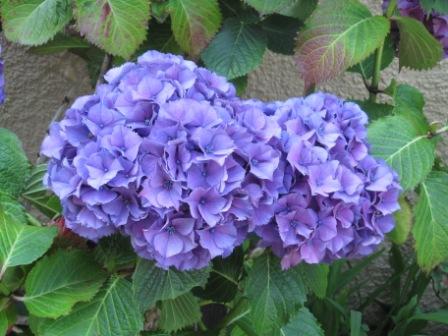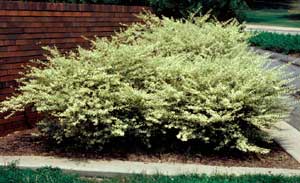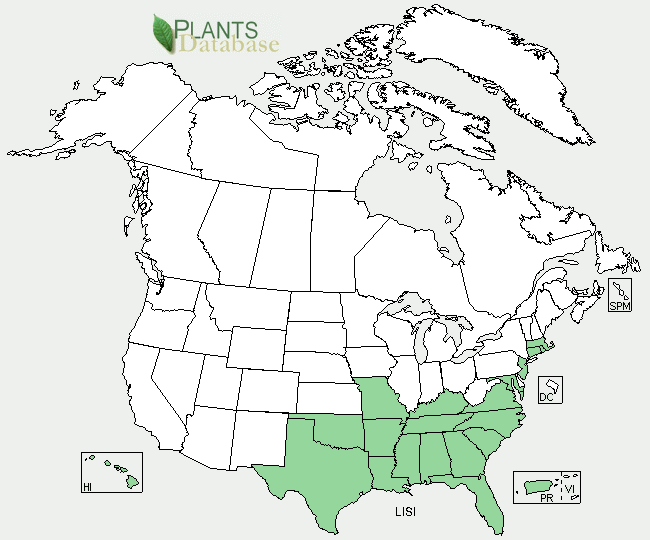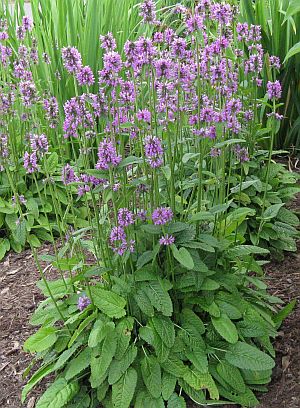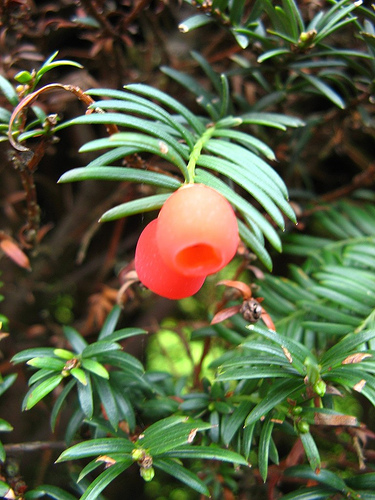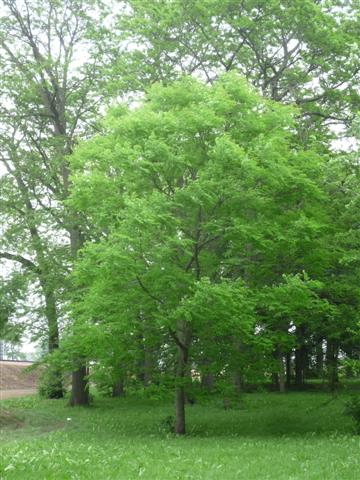
Apparently I don’t talk to the right people; I’d never heard of this product until newbie gardener and longtime skeptic John emailed me about Eleanor’s VF-11 plant food.

Upon visiting the website, this is what I learned about VF-11 and roses (the rose aficionado market is apparently a lucrative one for snake oil salesmen):
Point: “VF-11 Plant Food is not a ‘push’ like other fertilizers…think of it as a strength and health builder.”
Counterpoint: It certainly is not a fertilizer. It doesn’t contain enough minerals to do anything for a plant. So why not just use water? There’s something that can work miracles on drought-stressed plants!
Point: “VF-11 builds so much strength and health in your roses that plant cells ‘harden’ and ‘seal in the amino acids’.”
Counterpoint: I will kindly label this as nonsense since this is a G-rated blog. It says nothing but sounds sciency.
Point: “When you’re Foliar Feeding your roses, no need to worry if it blows back into your face. It’s gentle, gentle, gentle and safe.”
Counterpoint: Foliar feeding is an ineffective way of fertilizing plants (you can read more about in a column I wrote some time ago). In short, foliar application of specific nutrients is an excellent way of determining whether a deficiency of that nutrient exists, but it does nothing for the plant on a long-term basis. I won’t beat that dead horse any longer. And thanks, I’d rather not have stuff blown in my face, regardless of what’s in it.

And more amazing facts elsewhere on the site:
Point: “And you do not need a lot of additives in your soil, like compost etc.”
Counterpoint: Wow. Who knew that organic matter was bad?
Point: “It’s an electrolyte balanced solution.”
Counterpoint: So’s urine. And urine has more nitrogen. (I won’t enter the debate about peeing on your plants.)
Evidence?
For evidence, the site offers two tissues analyses of pistachios that were sprayed with VF-11 (the foliar feeding method). The previous year (no VF-11) the leaves had high levels of copper and low levels of boron and magnesium. After treatment, the copper was reduced and boron and magnesium improved. Since boron and magnesium are not in the product, perhaps the copper was somehow transmuted into boron and magnesium? I can’t think of a more rational explanation if VF-11 is the causative agent. But I can think of lots of reasons this variation might happen from year to year, including the use of copper fungicides and the ability of some nutrients to restrict the uptake of others.

There’s also tissue analyses from a “sick vineyard” taken in June, then repeated in October after foliar application of VF-11. Both potassium and magnesium are singled out for note, though the ratings information is strangely missing (in other words, there’s no notation whether the levels are deficient, sufficient, or excessive). The differences between the %K and %Mg are circled for one sample, though a quick statistical analysis of all 4 samples show no significant differences between dates. And even if there were – does anyone really expect leaf nutrient levels to be the same in June as in October? Keep in mind that the plant is both producing fruit and preparing for dormancy. Nutrients do move around!
Where did this magical recipe come from?
Again, relying on garden forums for my information (since the product website is vague on the topic), Eleanor “got the formula from a “cantankerous” elderly chemist who grew healthy plants, including tomato plants that were 30 ft. long.”

What’s actually in this miracle product?
According to the Washington State’s fertilizer product database (a really helpful resource for anyone, not just Washington residents), it is 0.15% N, 0.85% P, and 0.55% K (yes, these are all less than 1%). It also contains 3.5 ppm zinc and 3.2 ppm molybdenum. Products with such minute levels of minerals really aren’t fertilizer, but they really aren’t plant food either. Once this is diluted, you are left with…water. This is uncomfortably similar to homeopathic “cell salts,” which are highly diluted mineral products used to prevent disease in humans. Coincidentally, fans of Eleanor’s potions report that VF stands for Verticillium/Fusarium, “signifying that it creates disease resistance”. Hmm.
As Dr. Barrett points out on his QuackWatch site about homeopathic cell salts, “many are so diluted that they could not correct a mineral deficiency even if one were present.” I would venture the same would be true in plants. Again, Eleanor’s aficionados report that the “11” in the name “signifies it has eleven ingredients include iron, boron, copper, zinc, and molybdenum.” Hmm. Washington State’s analysis lab couldn’t find either iron or boron. Or whatever the other 4 minerals might be (besides the nitrogen, phosphorus, potassium, molybdenum and zinc).
Finally, the most bizarre use of this product must be the one reported by another fan of Eleanor’s: “Eleanor called me this evening and she could hear my parrots in the background…she told me that she, too, has birds. She then went on to explain that a woman told her that her birds looked terrible and that she started to spray them with Eleanor’s VF-11…an amazing improvement in both their plumage and in their attitudes…so, Eleanor did a test with hundreds of birds…and confirmed that spraying your birds often with the same mixture of VF-11 and water…room temperature…would enhance their feathering and make them much happier!
“Eleanor believes that indoor pets miss out on a lot of necessary nutrition due to being indoors….she stated the importance of animals and birds of being exposed to “dew”. I always assumed that dew was just water…but, Eleanor believes it contains nutrients.”
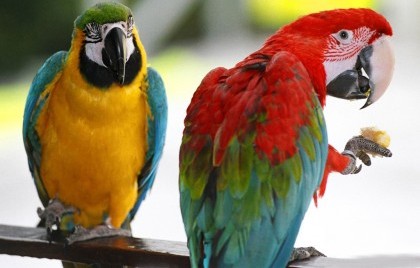
I think I need to stop now.



